Project Requirements
In order to meet my ideas,
- Record Audio
- Offer onboard FX
- Be small and portable
- Flexible audio routing
- Have an intuitive interface to control it all
- Be built from already owned parts (as much as can be)
Record Audio
The Audio DAW Reaper has recently released a Pi-specific installer for the Pi2 board and upwards; using this DAW would be great (and more useful than something like Audacity). I have a Pi 3 and an official
Onboard FX
Following my work with my Multi FX Stomp Box project I've been fascinated with MODEP by Blokkas Labs for running a virtual pedalboard. I have since picked up a Pisound soundcard and a Pi4 4gb to run it on as an upgrade to my DIY built pedal, and would love to use it in this setup to handle sound processing. It's dual inputs and outputs give options (like a dedicated recording output and live output), and its MIDI ports open up the possibility of controlling presets from a central interface
Size and Portability
I have a small Pedaltrain Nano+ pedalboard I picked up a few years ago and did nothing with it. It has enough space to mount the two Pis and a small space for a control interface. Given the two Pi devices will be powered from 5v it's feasible to, in the future, look to creating a large batter bank from 18650 cells to power the whole board.
Control Interface
For a control interface I'd like to assemble a small box to go between the two Pi boards to act as a midi controller for them both.
I believe using two Arduino Pro Micros will be the simplest way to connect the two Pis; one can handle the buttons for the pisound, and one can handle the buttons for Reaper.
For Reaper, I'd like to have some basic controls to select a track, arm it and trigger recording.
For the pi sound the ability to switch between pedalboard layouts and also toggle pedals in the layouts on and off would be great. I'd also like to break out the analog pins for using expression pedals, and also the i2c for adding further interfaces in the future.
Flexible Routing
This is an important part - being able to use it in various configurations will be very useful thing.
The board will have the following audio routes:
- Pisound output to Reaper input (via USB soundcard) | Reaper output via Pi HAT
- PiSound output to jack out for live playing to an amp or FOH.
This will allow the board to have a live output and a recording output too. The Pi HAT has a headphone out, so backing tracks can be listened to while recording.
It also makes it possible to have different effects on the live out and the recording.
The use of a USB soundcard on the reaper pi will make it easy to unplug it and run it to a different recording system for use in studios when lockdown situations change.
Pre-existing parts
Good thing Is I am a hoard of all things Pi and Arduino, so mot of this parts list I have to hand.
I will need to find a more suitable enclosure to build my control interface; the one I have doesn't fill the full space on the board and would be too small for footswitches.
 Craig Hissett
Craig Hissett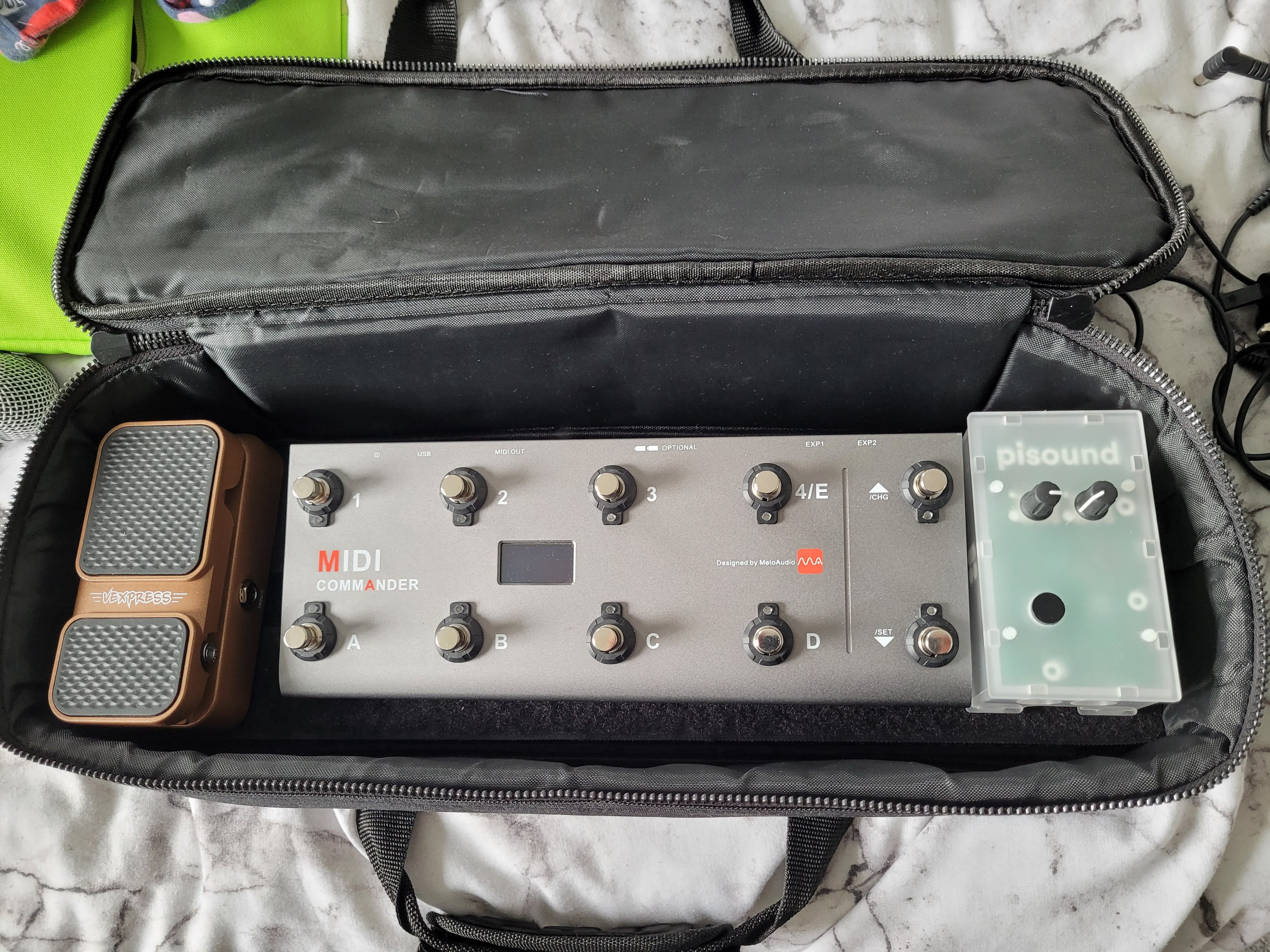




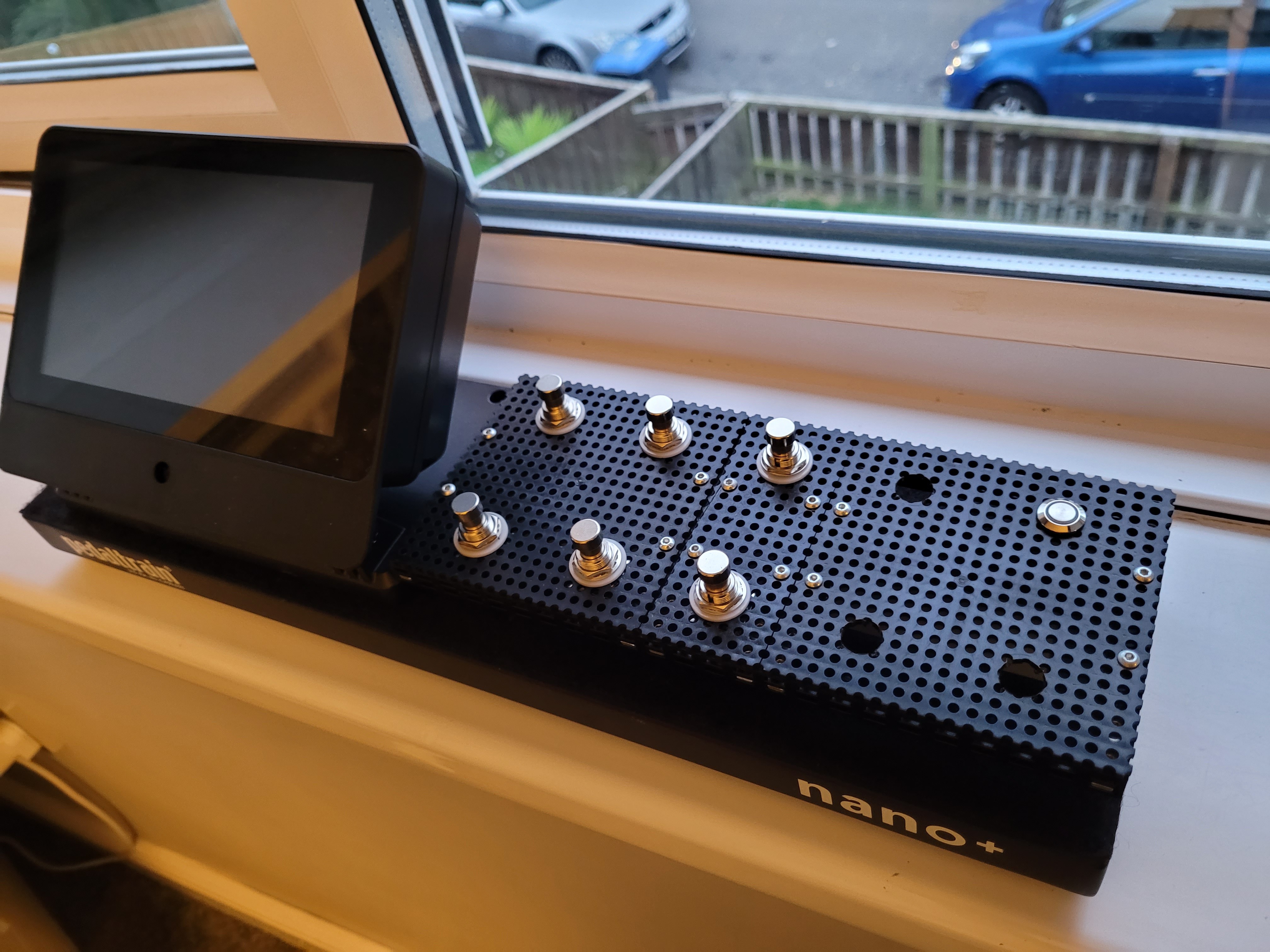

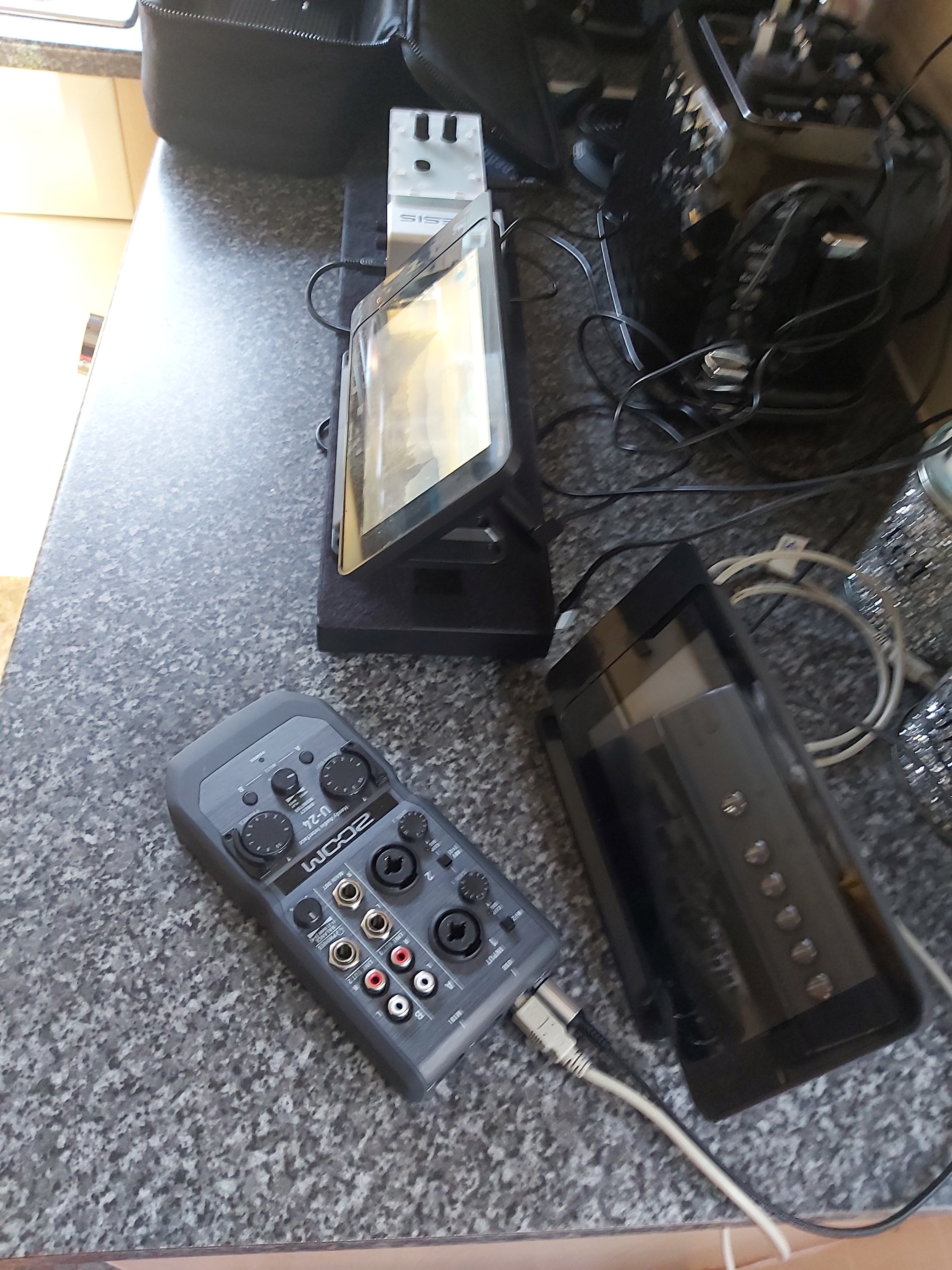
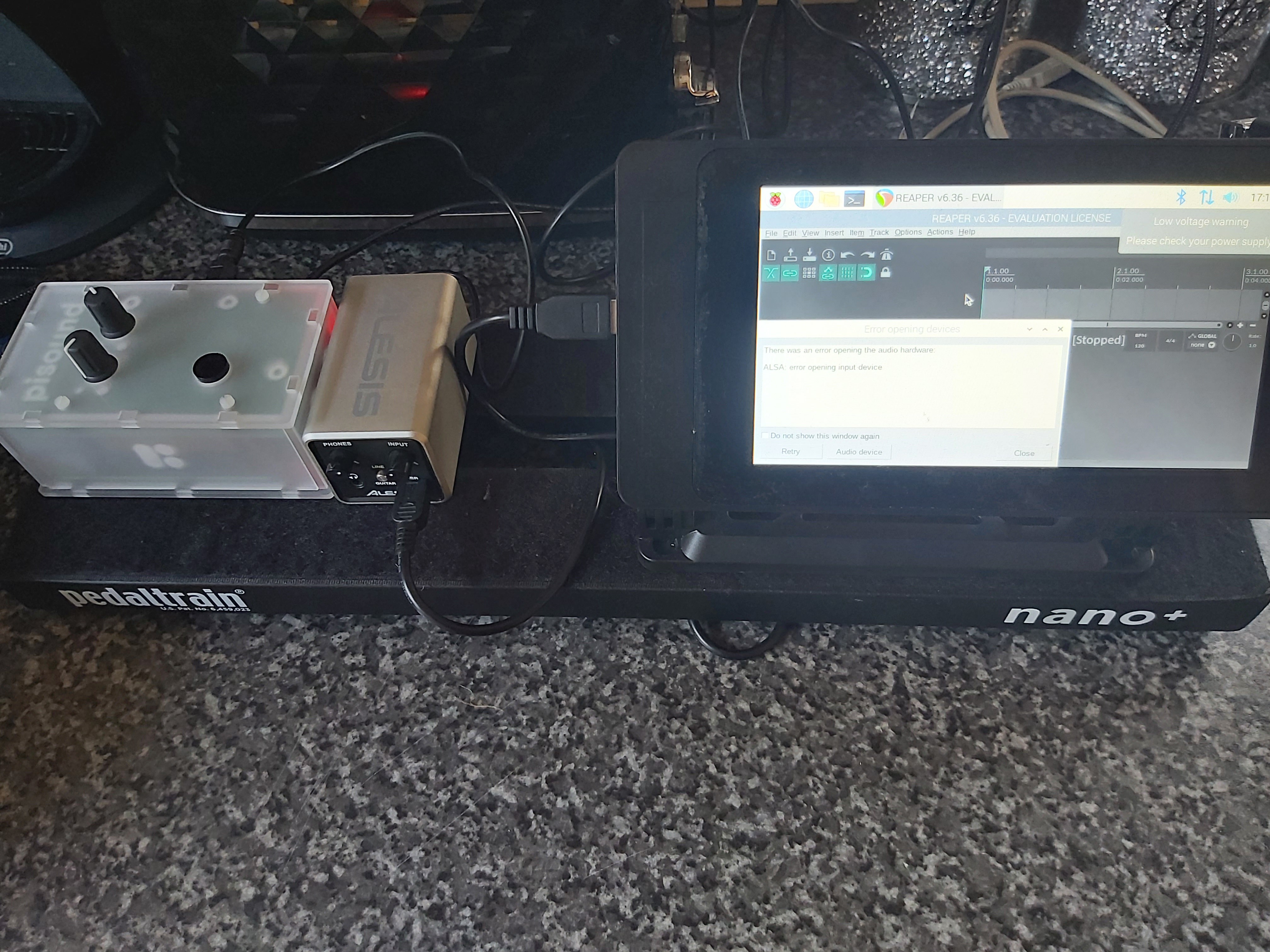
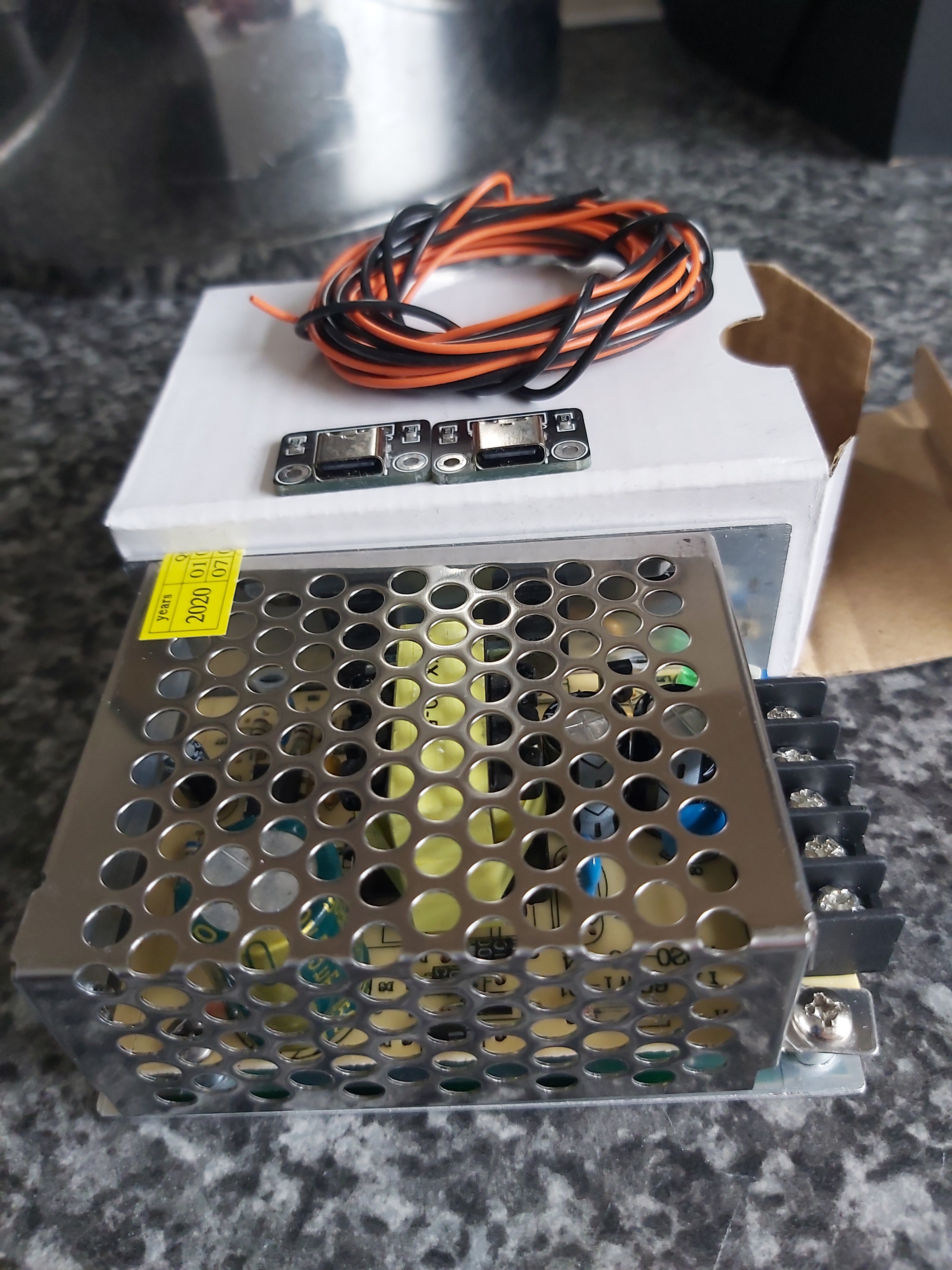
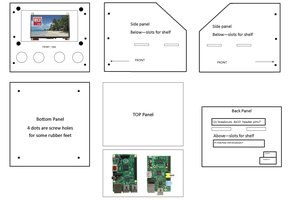
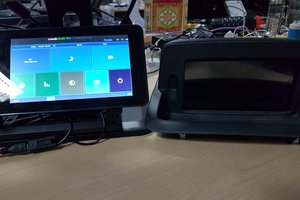
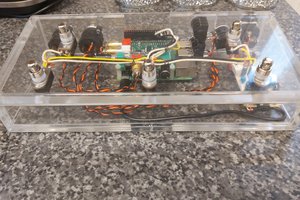
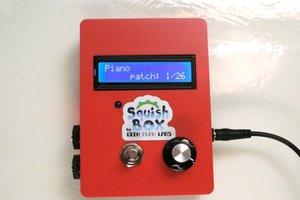
 Bill Peterson
Bill Peterson